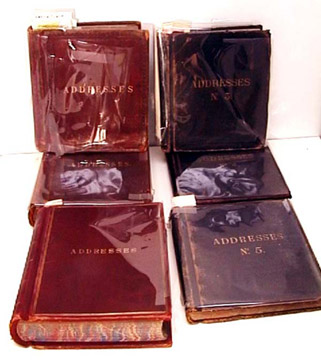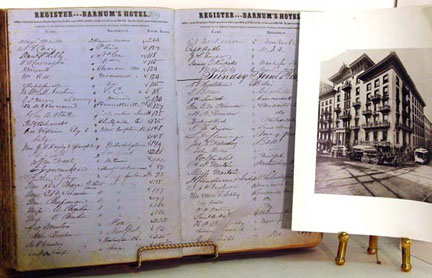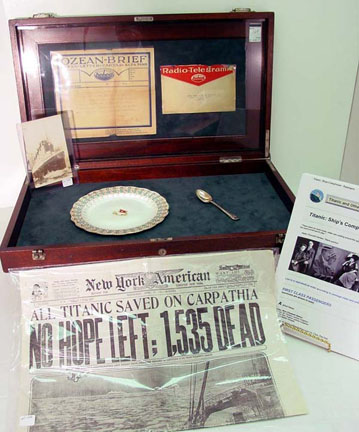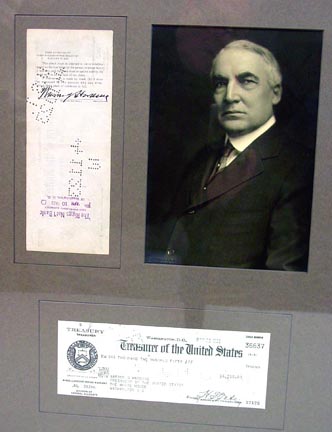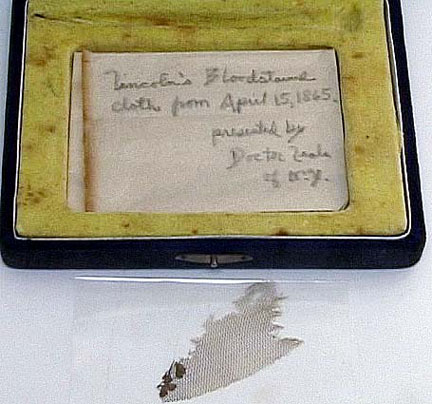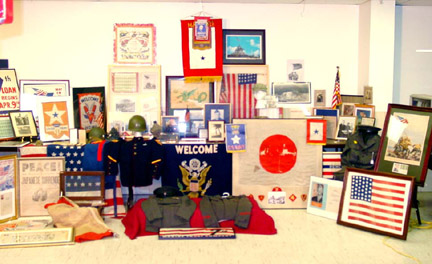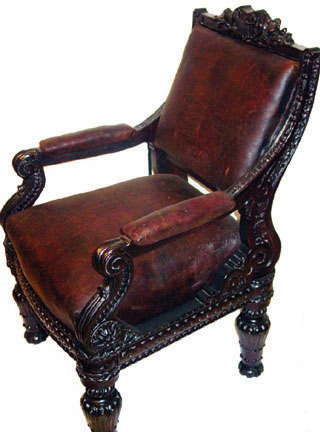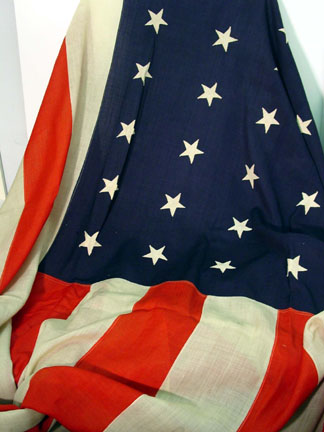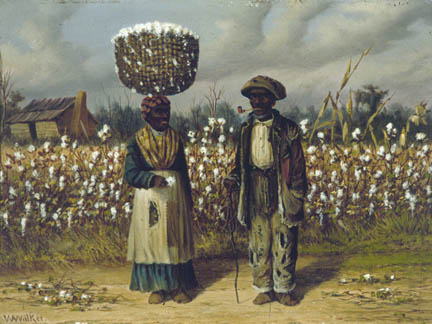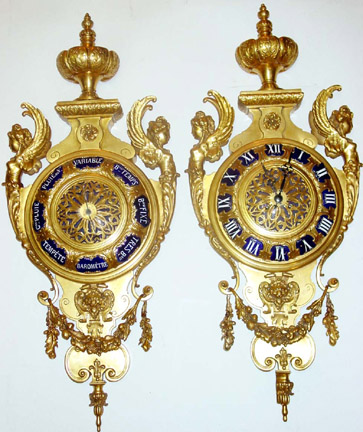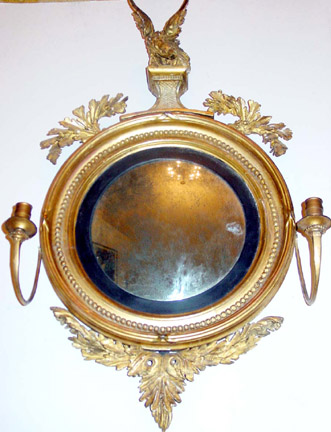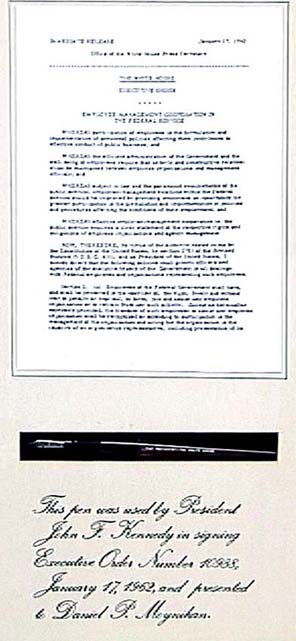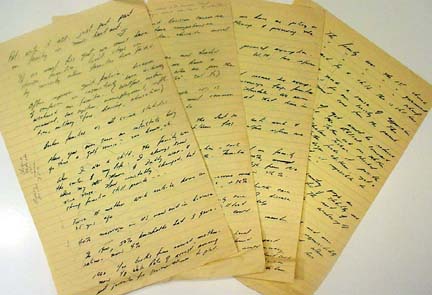
View Post-Sale Prices
Click on the image to view a larger image.
Right click to save image to disk.
CLOSE WINDOW TO RETURN TO HANTMAN'S WEBSITE
| Left to right: Lots 10, 9, 16, 8, 13A Lot 8 Lot 9 Lot 10 Lot 13A
|
| Lot 143 London Saville Row Tailor’s Autograph Albums. London Saville Row Tailor’s Customer Address Record Books. 1895-1936. Six massive leather-bound volumes containing 12,500-15,000 autograph signatures and addresses. Address Book #1, red, 501 pp, March 1896-August 1912; Address Book #2, red, 540 pp, May 1912-September 1933; Address Book #3, red, 105 pp, September 1933-December 1936; Address Book #4, black, 266 pp, September 27, 1913-October 6, 1923; Address Book #5, black, 262 pp, September 10, 1923-May 1930; Address Book #6, black, 202 pp, June 30-December 1936. These albums contain signatures of members of European royalty including George VI of England (as Prince of Wales); signatures of many distinguished and historically significant people, including Albert Einstein, Edwin Hubbell, Felix Frankfurter, Bruce Cabot, Rudolph Valent ino, George H. Doran, Gene Tunney, James Forestall, Alfred Lunt, Paul Robeson, Maurine Baring, George Cunard, Charles Scribner, George White, Baron Rothschild and other various Rothschilds, John Foster Dulles, Captain of the Titanic Edward J. Smith, Bernard Berenson, Ernest Thesiger, Thomas O. M. Sopwith, David Lloyd George, J. Cominsky owner of the Chicago White Sox, David Niven, Cecil Beaton, Claude Rains, Raymond Massey, George Gershwin, Cole Porter, automobile manufacturer J. Bugatti, gambler Arnold Rothstein who fixed the 1919 Baseball World Series, department store owner Marshal Field, publisher Charles Scribner, Rudyard Kipling, W. Somerset Maughan, Siefgried Sassoon, Claude Rains, Fred Astaire, film director Billy Wilder, hotel owner Charles Tirz, boxer Max Baer, Joseph Pulitzer, Jr., Walter Chrysler, Jr., Noel Coward, Aga Khan, Aly Khan, Sacheverall Sitwell, Robert Donat, Kenneth Clark, David Niven, Niget Bruce, Nelson Doubleday, L.P. Hartley, book collector H. Bradley Martin, Otto Kahn, William Howard Taft, Algernon Blackwood, etc. Leather worn and used, corners bumped, stains and discoloration, foxing on page edges. |
| Lot 144 Baltimore Barnum’s Hotel Guest Register. April 9, 1859-September 20, 1859. Incredible collection of autographs from Baltimore’s premiere hotel in the 1800’s. Barnum’s’ Hotel, located at Calvert and Fayette Streets, was founded by David Barnum (not P.T., the circus owner) and spread Baltimore’s fame for good living throughout the civilized world. “The most comfortable of all hotels in the United States”, wrote Charles Dickens, a guest in 1842. It was at Barnum’s, no doubt, that he shared with Washington Irving that “enchanted julep which held out far into the night”. Here were entertained Presidents John Quincy Adams, Andrew Jackson and Martin Van Buren. Daniel Webster spoke from the steps, from a balcony Jenny Lind, the “Swedish Nightingale”, waved to an adoring crowd before her concert in December 1850, for which seats were auction at $100 apiece. This noble institution closed its doors in 1889 and was razed to make way for the Equitable Building. This ledger contains signatures of hundreds of soldiers who later fought for both the Union and Confederate armies. There are over 60 signatures alone of officers in the Union army in 1859 that were Generals in the Civil War, half of whom fought for the South. Many signatures are rare, including Belle Boyd, James Buchanan (pg 84), Eli Whitney (pg 138), Cyrus McCormick (pg 289), Robert Rhett (pg 325), Charles Lewis Tiffany (pg 349), Stephen Douglas (pg 395 and 442), Samuel Morse (pg 44), Burton Harrison (aide to Jefferson Davis). One month after this ledger ends John Brown raided the U.S. Arsenal at Harpers Ferry, Virginia. This ledger contains the signature of five individuals who played important roles in that very historic incident: (1) Alfred M. Barbour (twice), Superintendent of Armory at Harpers Ferry and noted SCA Spymaster who tried to seize the Arsenal for CSA; (2) L.W. Washington, hostage of John Brown’s in the engine house; (3) Fontaine Beckham, Mayor of Harpers Ferry, one of three civilians killed in John Brown raid; (4) Andrew Hunter, Prosecutor for State of Virginia at John Brown trial; (5) Lawson Botts, first defense attorney of John Brown. This collection also has various framed ephemeral items from Barnum’s Hotel during the 1800’s; 15 3/4" x 10", spine broken, corners bumped, tears, stains, page edges foxed, cover released from spine, Together With a black and white photo of the Barnum’s Hotel, 14" x 11", unframed. |
| 169 Titanic Memorabilia. A “White Star Line” ironstone dessert plate in the “Wisteria” pattern centering the White Star emblem, mark Stonier & Co. Ltd., Liverpool, and an Elkington silver plated dessert spoon with the White Star emblem, mounted in a hinged mahogany box with a “Radio-Tele&Gramm”: Ozean-Brief Ocean-Letter * Carta de Alto Mar ‘debeg’ [DEBEG – German, abbreviation for 'Deutsche Betriebsgesellschaft für drahtlose Telegraphie'] from Titanic Survivor Margaret Easton that reads: “My Dear Colonel, I am sending, under separate cover, the wonderful keepsakes from the ship with the true belief that they will remain with you and your lovely family. I saved them from the fate of the deep that tragic night. This spoon and small plate were with me when we boarded the lifeboat and set adrift from Titanic.” “Yours,” then signed in red pencil “Margaret E.”, nd., losses, and a Radio-Tele&Gram envelope typed on verso: “Note from Margaret Easton Survivor of the Titanic Disaster”, losses, mounted under glass inside box lid. Dessert plate, D: 7 1/2", Dessert spoon, L: 5", Radio-Tele & Gramm: 7 1/2"x 8 1/4". |
| Lot 298 Warren G. Harding Rare Printed Presidential Paycheck Signed (Endorsed) as President. Issued by the Treasurer of the United States, Washington, D.C, March 31, 1923. The green check - #36637 - is imprinted at the left with the seal of the U.S. Treasury, and is made out to “Warren G. Harding President of the United States The White House Washington DC”. It is also signed by the Deputy Assistant Treasurer of the United States, H.T. Tate. The salary check, dated at the end of the month of March 1923, is in the amount of $6,250.00. On verso, below Harding’s endorsing signature, is the “Riggs Nat’l Bank” stamp, 3 1/4" x 8 1/2", Together With a black and white photo of Harding impressed with “Harrison & Ewing Washington DC” copyright stamp, (discoloration around stamp). Extremely rare. In fine condition. |
| Lot 316 Abraham Lincoln Purported Bloodstained Towel Fragment. Piece of the towel used by the first doctor to attend Lincoln after he was shot by John Wilkes Booth in the Presidential Box at Ford’s Theatre, Apx. 2 1/4" x 1", housed in a velvet hinged case. Together With an autograph note in an unknown hand, “Lincoln’s blood stained cloth from April 16, 1865 presented by Doctor Leale of New York”. |
| Lot 411 Iwo Jima Collection. This lot contains Robert White’s collection dedicated to the U.S. Marines and their participation |
| Lot 423 Victorian Renaissance Revival Carved and Stained Oak Congressional “U.S. House of Representatives” Armchair. Circa 1857. Stenciled A. Bembe Kimble, 20 Broadway, New York on rear interior seat rail, H: 38 1/2" Rectangular backrest centering a shield, five-pointed stars and laurel leaf crest, foliate-carved stiles, scrolled terminals, guilloche-carved seat rail, raised on foliate-carved legs, brown leather upholstery. PROV. Lawrence Rosenbert, Confederate, Musician, 25 Batt’n Virginia Infantry. These U.S. House of Representative armchairs were designed by Thomas U. Walter, Architect of the U.S. Capitol, and made by A. Bembe, A. Kimbel, 928 Broadway, New York, for use in the House of Representatives chambers. Two hundred sixty-two of these chairs were supplied for use in the House Chamber from 1857-1873 and were subsequently replaced by less bulky mahogany chairs. In 1857 House members totaled 241. When representatives of the eleven states that formed the Confederacy withdrew, the number of House members reduced to 175. The excess chairs were distributed to other government buildings and fourteen were removed from the House of Representatives and released to the public. Lincoln in the White House used one and Matthew Brady obtained another for use in his photography studio. Known to be Lincoln’s favorite posing chair, this chair appears in many portrait photographs taken by Matthew Brady. Brady’s best-known photograph of Lincoln is the portrait of President Lincoln and his son, Tad, which was taken four days before his assassination and was copied as a small folio print. Alexander Gardiner, an associate of Brady, and later owner of his own photography studio also obtained a chair. Similar chairs are owned by the Smithsonian Institution, two in the Lincoln Room of Lincoln Memorial University at Horgate, Tennessee, the Chicago Historical Society and Alexander Gardiner’s studio is currently owned by the Ft. Wayne, Indiana Historical Society. This chair is accompanied by a provenance letter. |
| Lot 432 American Civil War Era Flag, Thirty-Four Star. Hand-stitched and reinforced linen, with starts both hand and machine stitched, rope through hoist, numbers and “Crowell” [65th NY Infantry Master Sgt., later Lt. Charles Crowell of NY] are written across u.l.c., 84" x 140", minor holes, white discoloration, patched, tear, stains. Accompanied by letter from owner detailing provenance. |
End May 15th Highlights - Return to Top
CLOSE WINDOW TO RETURN TO HANTMAN'S WEBSITE

View Post-Sale Prices
| Lot 1080 William Aiken Walker (Charleston, S.C., 1838-1921). Cotton Pickers. Signed l.l. WAWalker. Oil on panel. 9" x 12", matted and framed. William Aiken Walker was a mostly self taught genre, portrait and landscape painter who started painting and exhibiting at an early age. During the Civil War he served the Confederacy as a cartographer and afterwards settled in Baltimore. He traveled widely throughout the South and returned to New Orleans during the winters where he painted various aspects of antebellum plantation life. His scenes of black cotton pickers are most notable although he also painted fish, game and landscapes. Two of his large paintings were reproduced by Currier & Ives as chromolithographs. |
| Lot 1087A Louis XV Style Ormolu Cartel Clock and Matching Barometer. 19th century. Scrolled foliate cartouche centering pierced dial with cobalt and white enamel chapters, flanked by winged terms, above a mask and floral swags, H: 36", small repair to one chapter, one hand needs reattaching. |
| Lot 1111 Federal Gilt Girandole Convex Mirror with Eagle Crest. Circa 1810. 35" x 21". |
| Lot 1312 John Kennedy Signing Pen. Given to Patrick Moynihan; with card that reads: “This pen was used by President John F. Kennedy in signing Executive Order Number 10988, January 17, 1962, and presented to Daniel P. Moynihan”. 6" x 8 1/4" card, nib point ink pen with “The President—The White House on Lucite stem, 6" long. Overall 19 3/4" x 11 1/2", framed. |
| Lot 1345 Jimmy Carter’s Autograph Notes For Campaign Speech. Four pages of autograph notes on yellow lined paper that were incorporated into a speech August 3 on the American family, delivered in Manchester, NH. The notes contain lines such as: “Problems of aged would be reduced if we obeyed the Biblical command to honor our father and our mother” and “The family was the 1st church. The family was the 1st government. The family was the 1st school. And for a child this is still true”. Speechwriter Anderson wrote a draft based on this material. Carter made a number of changes to the speech, which was highly successful when delivered, it was covered by the NY Times in detail. The biggest applause was for Carter’s “honor thy father and mother” line. Relatively little soiling, two pages have some wrinkling at bottom, and one has ink a bit smudged. Very clear and legible, VG+ |
End May 16th Highlights - Return to Top |
CLOSE WINDOW TO RETURN TO HANTMAN'S WEBSITE
Post-Sale Prices
